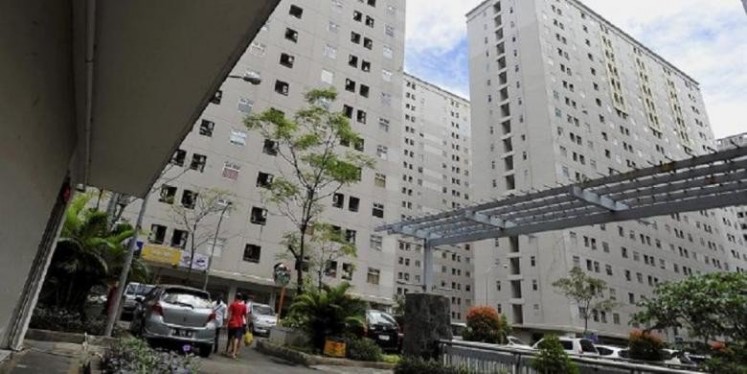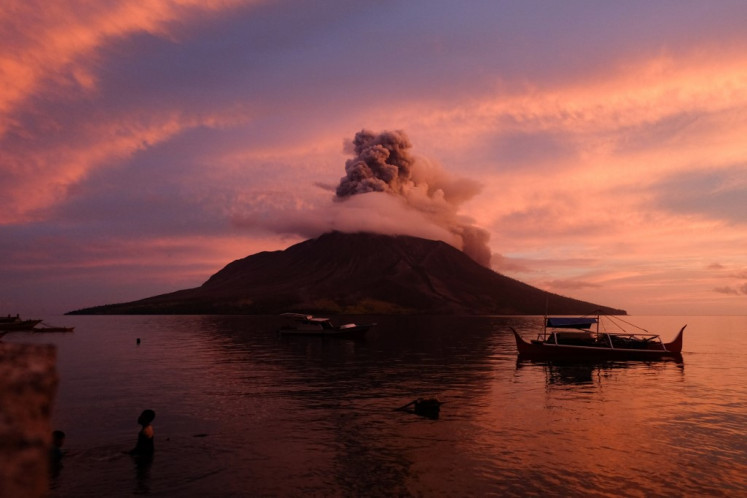Poverty watch: When fishing is tough, village finds seaweed farming lucrative
Hundreds of fishing families in Kertasari village in West Sumbawa have been supporting themselves for the past three years by seaweed farming
Change Size

H
undreds of fishing families in Kertasari village in West Sumbawa have been supporting themselves for the past three years by seaweed farming.
The seaweed agro-business cluster in Kertasari even received an award from the Maritime Affairs and Fisheries Ministry as one of the three best seaweed farming groups from 13 regencies in Indonesia. The other two were East Sumba in East Nusa Tenggara and Bau-Bau in Southeast Sulawesi.
But, lack of support from the provincial administration, including improving roads and public facilities, remains an obstacle for Kertasari residents trying to lift themselves out of poverty.
It takes more than 45 minutes to get to Kertasari from Taliwang,
the capital of West Sumbawa, because the road is damaged. It is also dusty during the dry season and muddy and slippery during the rainy season.
When The Jakarta Post visited Kertasari recently, the village was bustling with activity. Along the main road, which is lined with the traditional stilt houses of Sumbawa, a number of women were observed laying seaweed out to dry.
In other parts of the village, women were tying up seaweed seedlings to be brought to the beach later.
“Nearly all the villagers here cultivate seaweed — men, women and children — especially now that the price of seaweed is stable at Rp 10,000 [US$1.11] per kilogram,” one of the villagers, Mastiani, said.
Mastiani, 45, said she had been cultivating seaweed since 1995 to supplement her family’s income. Her husband, Andi Demak, 48, is an elementary school teacher and cannot support the family’s basic needs on his teachers salary. In addition, basic necessities were costly in the village because it is difficult to get to the market in Taliwang.
Mastiani said seaweed farming helped to put her four children through school. Her oldest and second oldest are currently studying at Mataram University in Mataram.
“Thanks to seaweed, I sent my children to university. I can earn a net profit of Rp 3 million each harvest,” she said.
Like Mastiani, the women in Kertasari generally grow seaweed to supplement the income of their husbands, who are fishermen and farmers.
“Seaweed cultivation has been very helpful. If the weather is bad and our husbands cannot go out to sea, there is still something that we can rely on to meet the family’s needs,” said Surati, a mother of two.
Surati, 35, said it was easier to sell their harvests now, thanks to the development of a business cluster in the village.
Previously, the price of seaweed fluctuated because of the presence of brokers. “The price even dropped to Rp 3,000 per kg,” she said.
From the village’s ten production centers, the volume of seaweed production has continued to increase, from 32,000 tons in 2006 to almost 200,000 tons last year.









